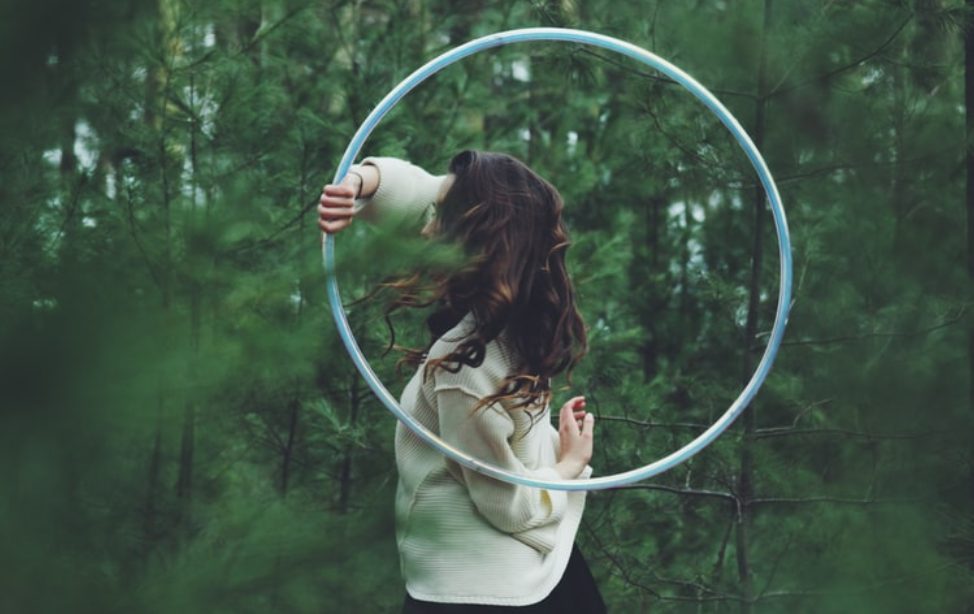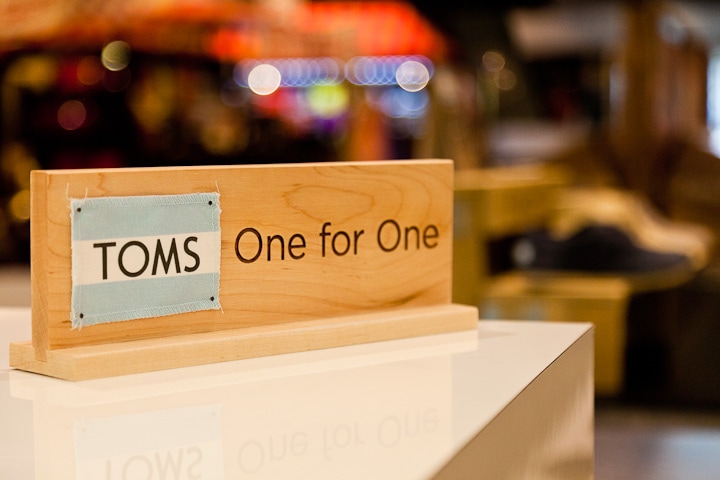CREATING A HOME
More commonly, brands are transforming their physical retail spaces into community hubs, as demonstrated by Reebok’s collaboration with La.Salle.De.Sport to create a physical retail environment in Paris which is open to the community and puts activity before product. This experiential space showcases a full ecosystem for consumers, inviting visitors to relax, immerse in the brand, and expand their understanding of what the brand stands for. Reebok’s concept cannot only be likened to a gym, but it is in fact a fully functioning gym which focusses on four pillars of practice: crossfit, boxing, cycing and yoga/pilates. The ‘store’ stocks only the best products from its performance ranges, including both limited editions and Reebok classics products for further exclusivity.
HUMAN CENTRIC
From identifying people’s desire to ‘help’ and be part of something, to encouraging people to actively participate and creating ‘homes’ for this purposeful activity, nurturing a community is key to brand loyalty. We understand that the brands that realign their strategies to encourage psychological responses and a sense of co-creation and community typically thrive in modern retail. A strong and engaged community will lead to enhanced products, research and development, and subsequent brand growth. Furthermore, physical community-retail spaces possess capabilities that the online store does not – appealing not only to the shopper, but to the human.








